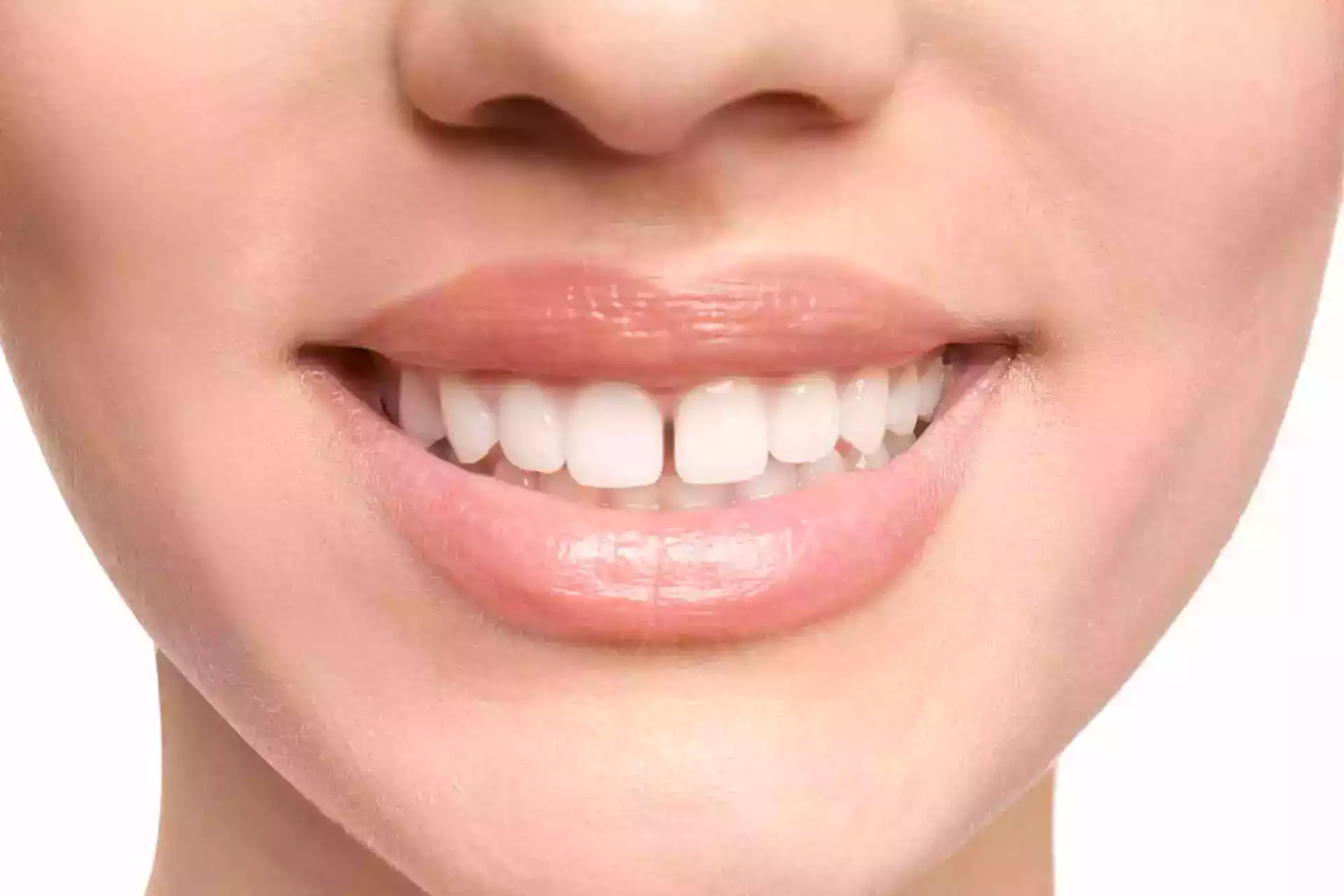Tooth gap, otherwise referred to as ‘diastema’ is actually very common, with many developing gaps in their upper teeth from a young age.
However, gapped teeth can occur almost anywhere else in the mouth and, whilst some of us merely bat an eyelid, there are some instances when tooth gap should be taken more seriously especially if you are experiencing any pain or discomfort or simply want to close the gap(s) in your teeth. So, without further ado, we’re looking into what you need to know about the possible gaps between your teeth.
How Does A Tooth Gap Occur?
A tooth gap can occur for a number of reasons with the first being genetics. Genetics can often determine the size of our teeth and jawbone with families often developing similar tooth gap-related issues to one another. However, it’s important to note that tooth gaps can occur at almost any stage of our lives and aren’t limited to children or adults.
Whilst some children develop a gap between teeth at a young age, others may begin to experience tooth gaps later on in life due to overgrowth or poor oral hygiene which may be the start of further problems such as gum disease.
What Are The Cons Of A Tooth Gap?
Even though many of us can go about our daily lives with a tooth gap, it may be a source of pain and discomfort for some. Some tooth gaps can cause issues when biting, chewing, or consuming food, resulting in pain in the teeth or jaw. If you are experiencing a similar irritation or tenderness, it’s beneficial to consider fixing them before the pain becomes too unbearable, giving you time to adjust to your newly aligned teeth.
Love It Or Hate It
A tooth gap is a bit like Marmite. You either love it or hate it. Many of us, however, have learned to embrace it. Some celebrities have followed suit including English actor Ed Westwick, TV personality Michael Strahan, singer and songwriter Madonna and actress Reese Witherspoon to name a few. However, if you have embraced your tooth gap long enough and want to look at your options to fix it, there are plenty of ways you can go about doing so.
How To Fix Gap Teeth
As mentioned, regardless of the reason to close your tooth gap, there are multiple ways you can go about doing so starting with a consultation to determine the reason behind closing the gap(s) in your teeth and any issues you may be experiencing as a result of the gaps. We’ve summarised three of the most popular fixes below.
Dental Bonding
Dental bonding is one of the quickest and easiest ways to reduce the amount of space between your teeth, particularly the front teeth, or when wanting to resolve minor imperfections such as chips and sometimes gaps in the teeth. The process is simple and can be carried out in just one visit, bringing back your smile in a matter of hours. Essentially, A composite resin will be applied to the tooth in question and molded to restore its original shape.
Dental Veneers
Veneers are another popular option for those who have discolored or chipped teeth that may also have gaps. They can be made from resin or porcelain depending on your preference and the problem you want to be resolved. Plus, with the bonus of being able to customize the color and shape of your teeth, you can redesign your pearly whites as part of the process resulting in an even brighter smile.
Braces and Invisalign
Whilst dental bonding and veneers are effective for those of us who want to fix imperfections, braces or Invisalign is the best option for those of us who have more severe cases of tooth gap.
Upon your consultation, you will be provided with insight into what technique is best suited to your desired outcome whilst ensuring it offers a long-term solution to your tooth gap and any discomfort surrounding it.
Whilst braces are glued to the front of each tooth and linked using wire, Invisalign is commonly known for its ability to be removed from the mouth when eating or drinking. More on this here: Invisalign vs. Braces
In Summary
In summary, a tooth gap is a lot more common than many of us are led to believe, with 1 in 10 adults being affected by it in the UK. Whilst some cases of tooth gap are fixed due to personal preference and aesthetic, others are required to be filled for further issues impacting the way we chew and swallow.
To find out more about how to fix tooth gap, why not book a free consultation with a member of our expert team today.
